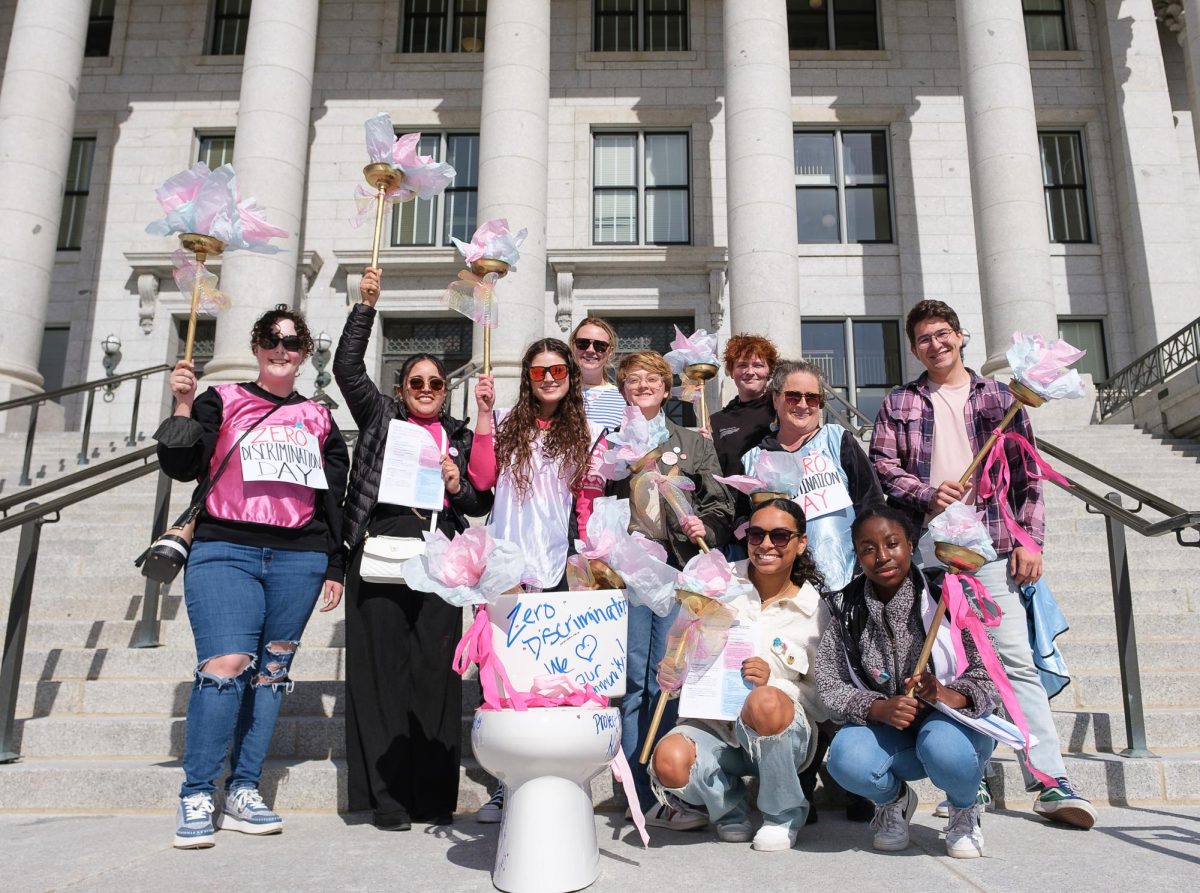With the infamous summer heat that Utah is known for comes concern over the state’s limited water supplies.
According to a United States drought monitor, Utah is currently entering into a statewide drought ranging from abnormally dry to extreme, depending on area. As one of the top three water users in Salt Lake City, the U is taking steps to reduce its impact on the environment.
One of these efforts is to become water neutral by 2020, meaning campus will only use the precipitation falling on its property throughout the year for its water-related needs.
Myron Willson, a deputy chief sustainability officer, said this will require the U to move toward xeriscaping (planning the landscape for less water usage), reducing or eliminating the need for supplemental irrigation and reusing water for things like flushing toilets.
“Facilities management set water neutrality as a goal about four years ago knowing it’s a long term goal and it will take quite a few years to get there,” Willson said. “But it’s an important goal because of our climate.”
Measuring how much water the U has conserved is difficult because the campus measuring system is not perfect and it depends on where the baseline is set, he said.
According to a 2013 Honors Think Tank Report on the U’s water use, the university uses more than 500 million gallons indoors and 400 million outdoors per year. While this seems like a lot, it is nearly half the amount of water used in 2002, according to government records reported by FOX13.
Willson said paying for the water conservation projects is the hard part.
“Water is so cheap because it’s subsidized through property taxes — we don’t pay the whole cost,” he said. “When you want to save, even if you save quite a bit of water, it doesn’t pay for the new landscaping or the new toilet or new lavatory, so we have to do them with normal maintenance money.”
According to the U’s Facilities Management, all landscaping around new buildings and projects is structured around native plants and is more drought-tolerant. The newer facilities also have water saving fixtures, such as sinks that use 30 to 40 percent less water than regular code buildings and 50 percent less than an older structure.
But above all, Willson said turf grass on steep slopes of lawn is “the biggest water hog,” and the U plans on removing those sections.
The U’s weather-based irrigation system, introduced around two years ago, can assist in the efforts to become water neutral. Using data from an on-campus weather station, the system provides individualized amounts of water to different areas depending on the kinds of plants and how much rain there has been. It also reduces overspray on sidewalks and plazas.
The U also tries to only water lawns between 10 p.m. and 6 a.m. to limit waste from evaporation.
Shireen Ghorbani, communications specialist for Facilities Management, said staff at the U are asking students for help. For example, if people see things like a broken sprinkler, they can call 801-582-7221 or tweet a photo of the problem to @UofUFM with the location.
“We have seven irrigation technicians that are working to make sure our system works well,” she said. “But they can’t be everywhere at once, and we really do rely on students for help.”
Willson said water conservation should be a top concern for all students.
“[College] is typically their final stop before stepping out into the professional world, and so they have an opportunity to learn about why water is important,” he said. “They can learn to adapt and adopt lifestyles that just don’t waste the precious resource that we have.”
@Ehmannky





















